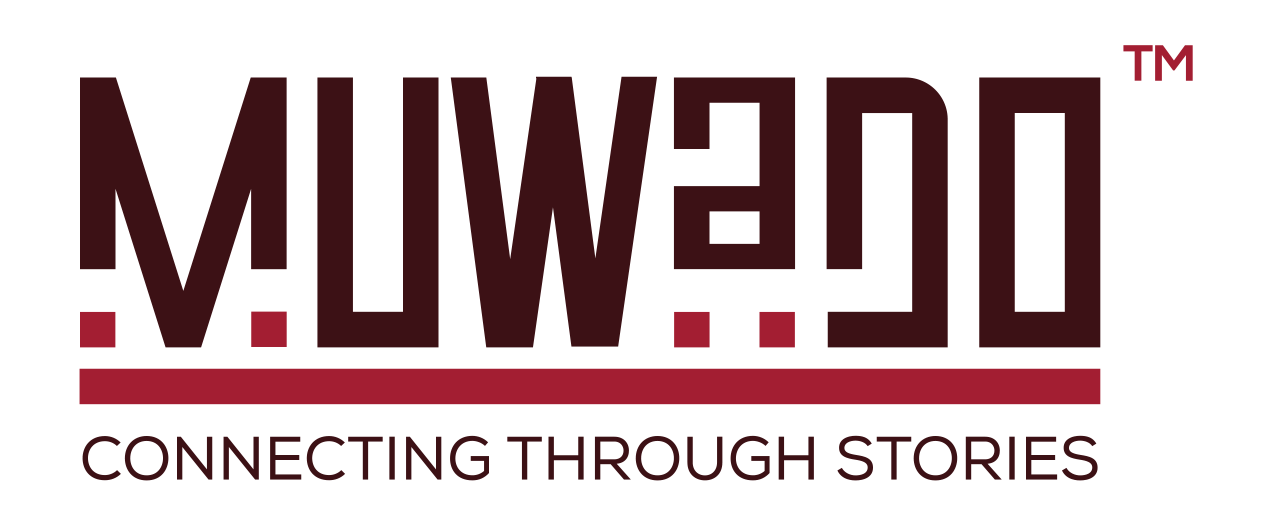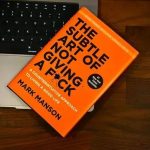This was my opening question at a panel discussion at the K’la Writes LitFest last year. Two panellists offered contrasting views.
Dora Kemirimo Okuja, team lead at Rewritten Uganda – a book marketing and distribution company – argued that book-selling success depends on the author’s goals. A self-published author printing just 50 to 200 copies may feel successful if they sell out quickly. Another author might set their heights higher, deeming themselves successful only if they sell 500 to 1,000 copies in a short time.
On the other hand, Karungi Charity Kwatampora, team lead at Ibua Publishers, believes we should benchmark against international bookselling standards—where a book is usually deemed successful if it becomes a bestseller.
So, which view is correct?
I’d say both.
Publishing in Africa is a capital-intensive venture. Because many trade book publishers are forced to operate like self-publishers, they are often cash-strapped by the time they reach the printing phase. With limited resources, large print runs aren’t always feasible. So selling out even just a small batch of books in a few months is commendable and exciting.
But here’s the hard truth: sometimes we are comfortable with low sales because we don’t know how it’s possible to sell more.
Some realise too late that publishing a book doesn’t mean it will sell itself.
Beyond printing, authors must invest in book marketing and distribution. Without a solid marketing plan, even the best-written book will sit in storage. That’s why I’ve adjusted my approach when working with authors. I used to ask: Can you sell at least 200–500 copies yourself? Now, I also ask: HOW will you sell them? If an author has no plan, I pause the publishing process until they have one.
It’s not worth investing millions of shillings in publishing a book that won’t sell.
If you’re an author (or aspiring one), have you thought through your book-selling strategy? Let’s discuss!
This post was created with our nice and easy submission form. Create your post!





